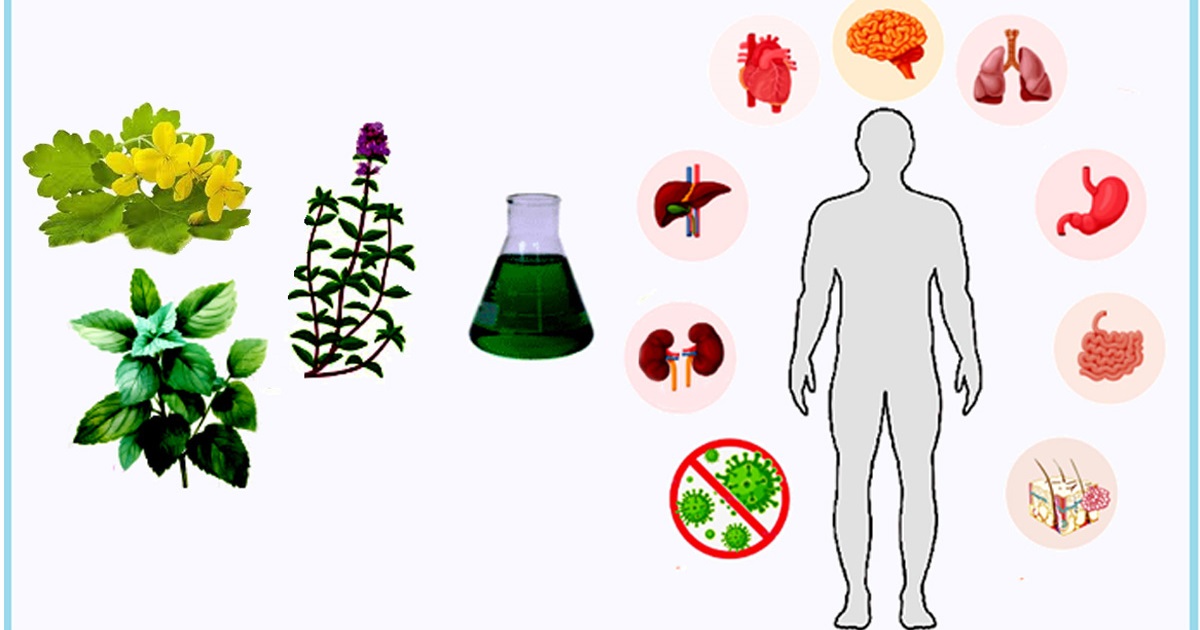Medicinal Value of Natural Bioactive Compounds and Plant Extracts, 3rd Edition
A special issue of Molecules (ISSN 1420-3049). This special issue belongs to the section "Natural Products Chemistry".
Deadline for manuscript submissions: 31 March 2026 | Viewed by 20550

Special Issue Editors
Interests: secondary plant metabolites; plant extracts; biological activity of natural compounds; polyphenols; chromatography
Special Issues, Collections and Topics in MDPI journals
Interests: flavonoids; diosmin; biologicl activity of plant metabolites chronic venous insufficiency; cardiovascular diseases
Special Issues, Collections and Topics in MDPI journals
Interests: chemical structure; phytochemical analysis; chromatography; trace analysis
Special Issues, Collections and Topics in MDPI journals
Special Issue Information
Dear Colleagues,
The importance of plants and plant-derived compounds continues to increase due to their broad range of activity, including anti-inflammatory, antioxidant, immunostimulating, protective, antimicrobial, and antifungal properties, alongside health-promoting effects and protection against the development of cardiovascular and neurodegenerative disorders. However, their potential for pharmaceutical, medicinal, and cosmetological applications is still unexplored. As such, this Special Issue aims to present new achievement in these fields.
Studies on the isolation, structural elucidation, and biological activity of natural constituents from plants, fungi, and algae, as well as on the activity and utility of well-characterized plant extracts, are appreciated.
Prof. Dr. Magdalena Wójciak
Dr. Marcin Feldo
Prof. Dr. Ireneusz Sowa
Guest Editors
Manuscript Submission Information
Manuscripts should be submitted online at www.mdpi.com by registering and logging in to this website. Once you are registered, click here to go to the submission form. Manuscripts can be submitted until the deadline. All submissions that pass pre-check are peer-reviewed. Accepted papers will be published continuously in the journal (as soon as accepted) and will be listed together on the special issue website. Research articles, review articles as well as short communications are invited. For planned papers, a title and short abstract (about 250 words) can be sent to the Editorial Office for assessment.
Submitted manuscripts should not have been published previously, nor be under consideration for publication elsewhere (except conference proceedings papers). All manuscripts are thoroughly refereed through a single-blind peer-review process. A guide for authors and other relevant information for submission of manuscripts is available on the Instructions for Authors page. Molecules is an international peer-reviewed open access semimonthly journal published by MDPI.
Please visit the Instructions for Authors page before submitting a manuscript. The Article Processing Charge (APC) for publication in this open access journal is 2700 CHF (Swiss Francs). Submitted papers should be well formatted and use good English. Authors may use MDPI's English editing service prior to publication or during author revisions.
Keywords
- secondary plant metabolites
- plant extracts
- biological activity
- polyphenols
- alkaloids
- in vitro, in vivo and study
- cosmetology
- ethnopharmacology
- isolation and structure elucidation of plant metabolites
Benefits of Publishing in a Special Issue
- Ease of navigation: Grouping papers by topic helps scholars navigate broad scope journals more efficiently.
- Greater discoverability: Special Issues support the reach and impact of scientific research. Articles in Special Issues are more discoverable and cited more frequently.
- Expansion of research network: Special Issues facilitate connections among authors, fostering scientific collaborations.
- External promotion: Articles in Special Issues are often promoted through the journal's social media, increasing their visibility.
- Reprint: MDPI Books provides the opportunity to republish successful Special Issues in book format, both online and in print.
Further information on MDPI's Special Issue policies can be found here.






